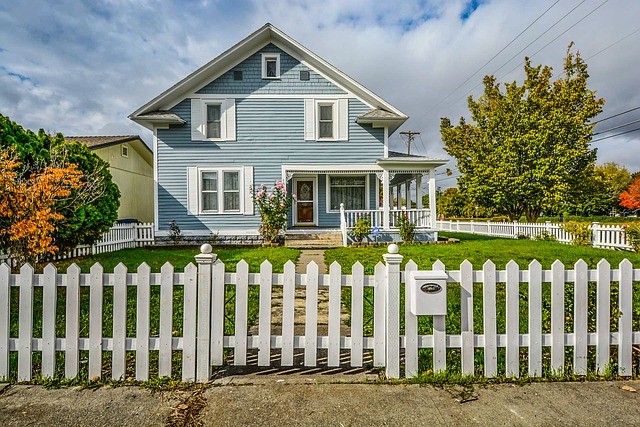Owner Financing Tips for Buyers
February 16, 2018 by Marty Orefice | Financing, Real Estate

When you started out your lease-option, you were on track to qualify for a mortgage within two years. Your credit score was looking good, you had a job with a decent salary that you planned to maintain for the next few years, and your down payment savings account was looking good.
Unfortunately, things happen.
You might have gone to the doctor's office and paid the copay, but received a letter a month or two later that your insurance didn’t cover as much as anticipated. However, maybe that letter got sorted into your junk mail or lost in the stacks on your desk, you didn’t make the payment and it went to a collections agency. Your credit score is now not as good as you needed it to be to qualify for a mortgage.
Or maybe the Sports Authority you worked at for years went out of business leaving you unemployed for a few months while you searched for work with comparable pay. Those two years of stable work history are now out the window.
Now, your stuck in a spot where you could lose your option fee and any premium payments you made if you don’t find financing by the end of your lease option.
However, there are options other than conventional or FHA loans. You could look for funding outside of the bank with the seller of the property.
If the seller of the property finances your purchase of the home, it is called seller financing or owner financing.
What is Owner Financing?
The two parties sign a promissory note, which is a signed contract that requires the borrower to pay back the lender by a specified date.
Owner financing is very similar to renting a property, in the way that the buyer pays the seller every month. However, the buyer owns the property in full. The buyer thus has to start making homeowners insurance and tax payments.
These are usually short-term loans with higher interest rates than conventional loans, but they give the buyer the opportunity to remedy what went wrong with their credit score while not losing out on the investment they’ve already put into the property.
The final payment on the loan is much larger than the rest, it’s called a balloon payment. Typically, owner-financed loans only last 5 years. At the end of the five years, the buyer makes a large lump sum payment to pay off the remainder of the loan. Buyers secure financing for the balloon payment by getting a conventional loan.
Consider seller financing, like an extension period for getting a conventional mortgage.
It’s often difficult to persuade a seller to agree to the terms of seller financing because it’s a risky investment.
Tips for Buyers Considering Owner Financing
- Build trust with the seller. Show the seller everything you were ready to show to the traditional lender to prove your worthiness. Then, explain why you weren’t able to qualify for a conventional mortgage and how you have already taken steps to correct the situation.
- Use your lease-option to your advantage. It might be easier if you’ve done a rent to own deal with the seller. Your lease-option allows you to build trust with the seller. They know that you make reliable and timely payments, so it might be easier for them to trust you to pay back the cost of the home.
- Explain the financial motivation to the seller. Sellers make a hefty interest rate on owner-financed homes. So, financially, there’s plenty of incentive. Additionally, with balloon payments, seller make a full return on investment plus the interest within five years of loaning the money. Also, have the seller look into potential tax breaks for receiving the money for the home over time instead of in one lump sum.
- Take advantage of buyer’s markets. If the real estate market is slow, the economy has taken a downturn and similar properties aren’t selling quickly. Use that to convince the buyer that this could be their best chance at selling the property and making money off of it in the near future.
- If the seller does agree to sell you the home, make sure that you will own it free and clear after you close. Consult with a title company to ensure you make a financially safe purchase. Look into issues like, if the seller hasn’t finished paying off their mortgage, how will they be able to transfer the deed to the home? Situations like these may eliminate owner-financing as a possibility for the seller.
Seller Financing is a Last Resort
Seller financing often isn’t the best option because of factors like the final tip mentioned above. It should definitely be a buyer and seller’s final option. However, in certain situations, it can be the best option available to both parties. When executed correctly, it can be a win-win.
